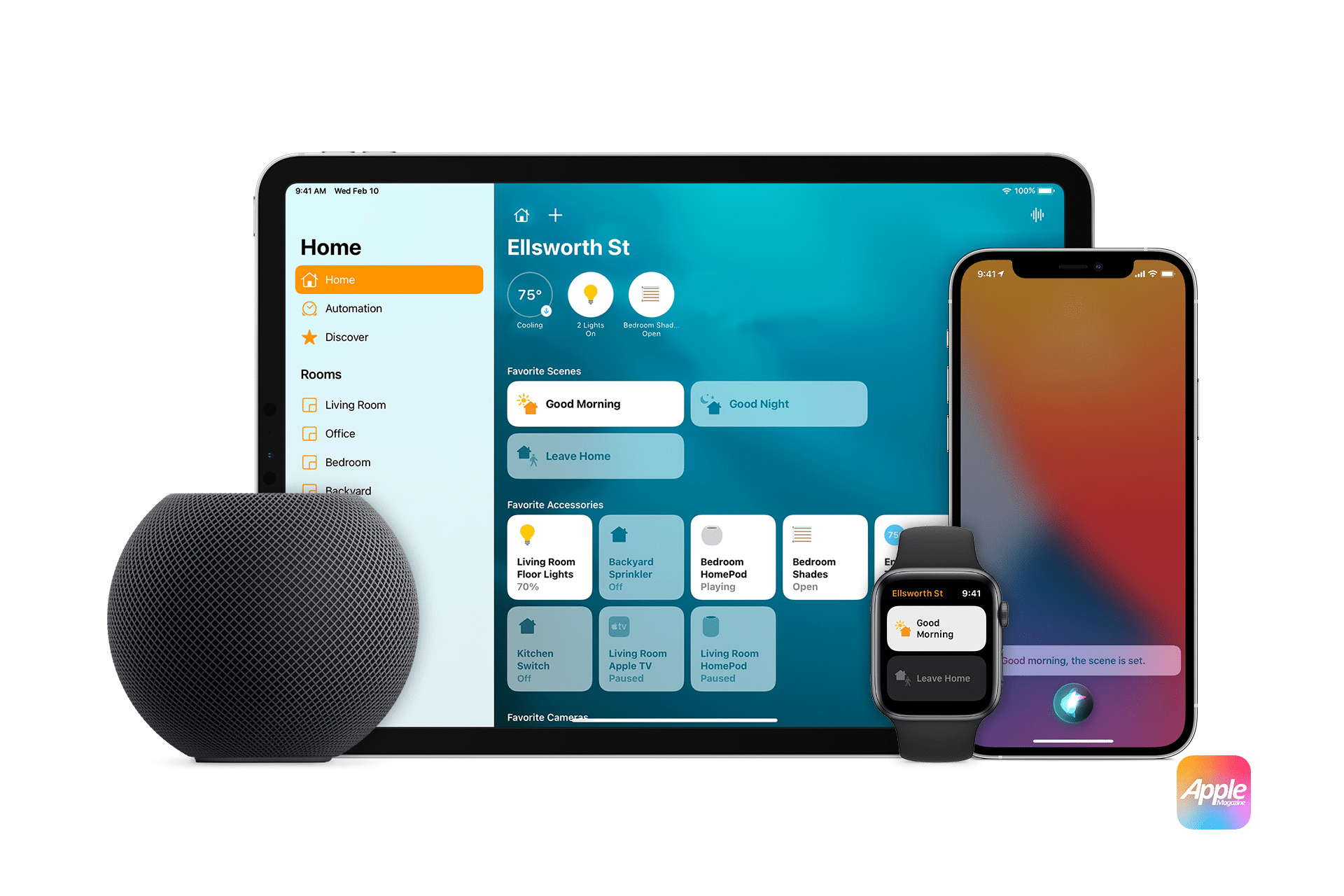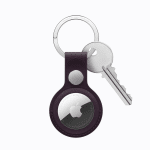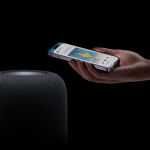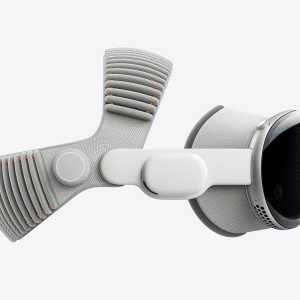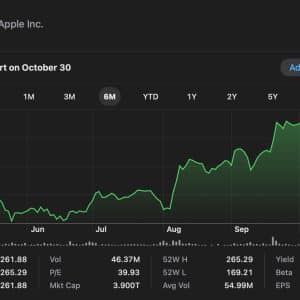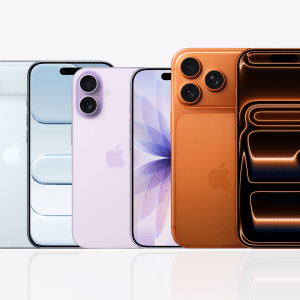The shift was spotted by 9to5Mac in new strings within the beta, warning that support for the old HomeKit framework “will end soon” and urging users to “update now to avoid interruptions” with their smart home devices. Apple touts the revamped architecture as a leap forward—faster, more reliable, and better at syncing accessories like lights, locks, and thermostats. Yet, it’s not been without hiccups, and that rocky history explains why some have held off.
First unveiled in the iOS 16.2 beta in late 2022, the new architecture hit a snag when early adopters reported devices dropping offline or automations failing. Apple yanked it days later, only to reintroduce it with iOS 16.4 in February 2023 after ironing out the kinks. Since then, upgrading has been a choice—but one with a catch: it cuts off Home app access on devices running anything older than iOS 16.4 or equivalent macOS and tvOS versions. For households with mixed setups, that’s been a dealbreaker. Now, Apple’s drawing a line in the sand.
While no firm date is set, the change is likely tied to iOS 19 later this year, which 9to5Mac predicts will exclusively support the new system. For now, iOS 18.4—due in early April—lays the groundwork, nudging users with alerts to upgrade. Alongside this, the update broadens Apple Intelligence to more languages, but the HomeKit shift steals the spotlight for smart home fans.

What It Means for Your Smart Home
If you’ve got HomeKit gear—say, Philips Hue bulbs or a Yale smart lock—this matters. The old architecture, while stable for some, lacks the efficiency Apple’s chasing. The new version promises tighter integration across devices, cutting lag when you flip on the lights or tweak the AC via Siri. It’s built for a world where homes brim with connected gadgets, not just a quirky lamp or two.
But here’s the rub: upgrading isn’t optional anymore. If your setup includes an iPad on iOS 15 or a Mac stuck on Monterey, they’ll lose Home app functionality post-upgrade. Everything must run at least iOS 16.4, macOS Ventura, or later. For most, that’s fine—Apple’s user base skews recent—but it’s a headache for anyone clinging to older hardware. Check your devices now, because once the switch flips, there’s no going back.
The transition should be smooth for solo users. Open the Home app, hit the upgrade prompt, and your settings migrate. Shared homes are trickier—every user needs compatible software, or they’re locked out. Apple’s support pages, cross-checked by Reuters and TechCrunch, suggest backing up your Home data via iCloud first, just in case.
A Rocky Road to Reliability
Apple’s not forcing this for kicks—it’s about future-proofing. The old architecture, rooted in HomeKit’s 2014 debut, wasn’t built for today’s sprawling ecosystems. The new one leans on improved networking protocols, slashing glitches like devices showing “unresponsive” in the app. Early adopters faced chaos in 2022—think locks that wouldn’t unlock—but Apple’s since stabilized it, or so it claims.
Why the delay in mandating it? User pushback played a role. Forums like X lit up with complaints about compatibility woes, and Apple, wary of alienating its base, kept it voluntary. Now, with iOS 19 looming, the company’s betting the bugs are squashed and the benefits—speed, reliability—outweigh the gripes. It’s a calculated move to keep HomeKit competitive against Google Home and Amazon Alexa, which have their own loyal followings.
Why It’s a Big Deal
This isn’t just a tech tweak—it’s a shift in how Apple shepherds its ecosystem. HomeKit’s grown from a niche perk to a cornerstone for millions, controlling everything from garage doors to sprinklers. Forcing the upgrade risks ticking off laggards, but it also signals confidence. Apple’s saying this is the foundation for what’s next—maybe tighter Matter standard support or smarter automations down the line.
For users, it’s a mixed bag. The new architecture’s perks are real—fewer dropped connections, quicker responses—but the transition could snag the unprepared. If you’ve dodged iOS updates to keep an old iPhone chugging, you’re out of luck. Still, most will adapt; Apple’s ecosystem thrives on nudging users forward, and this is no exception.
By March 14, 2025, the clock’s ticking. iOS 18.4’s April drop will push the message hard, and iOS 19 could seal the deal. Smart home diehards should prep now—update devices, test the waters—because Apple’s not waiting.
